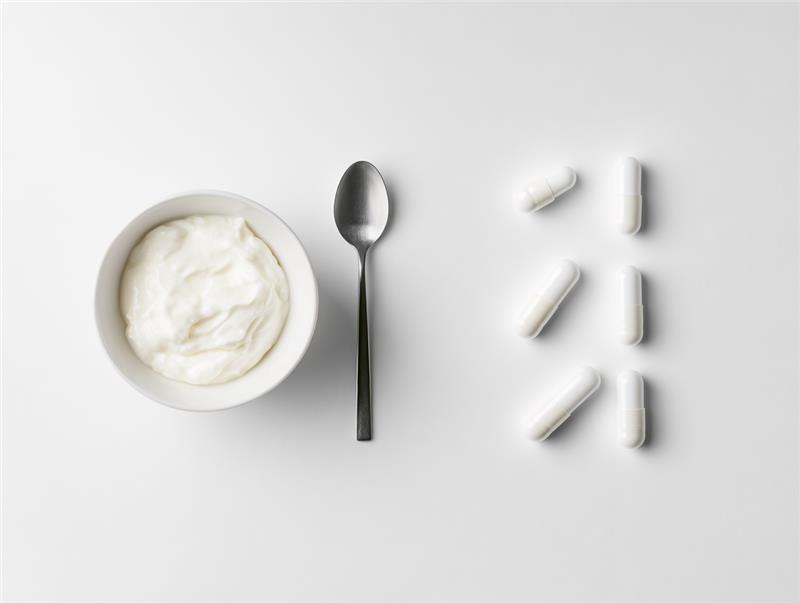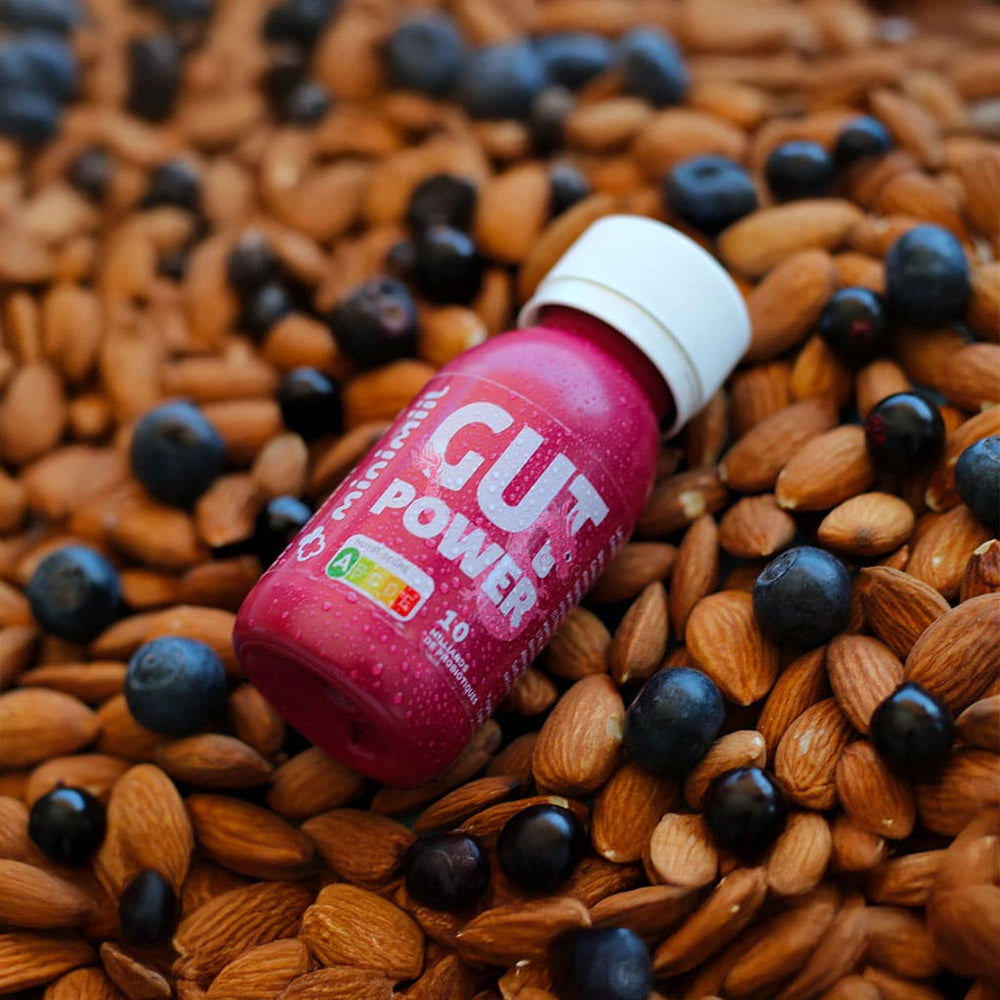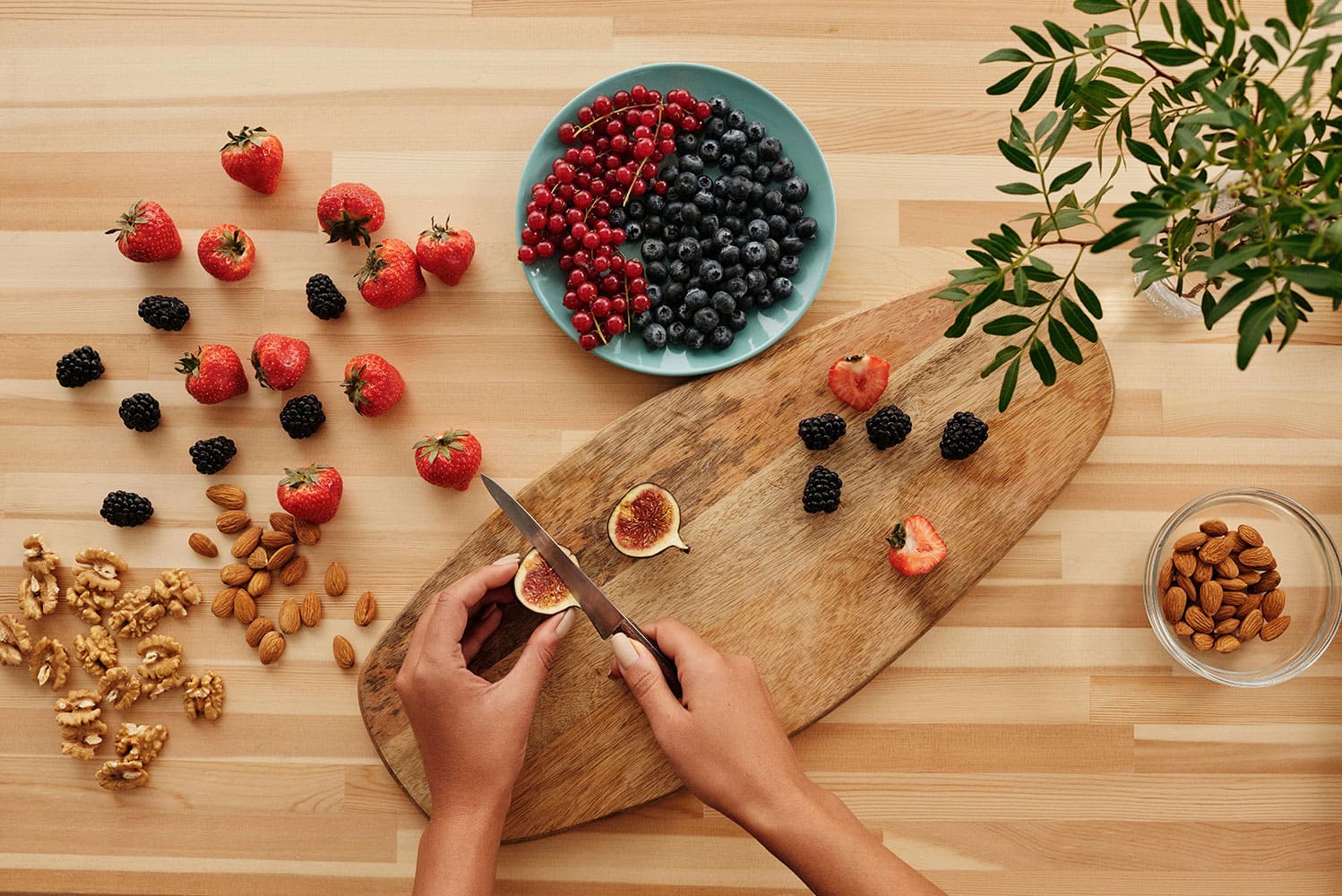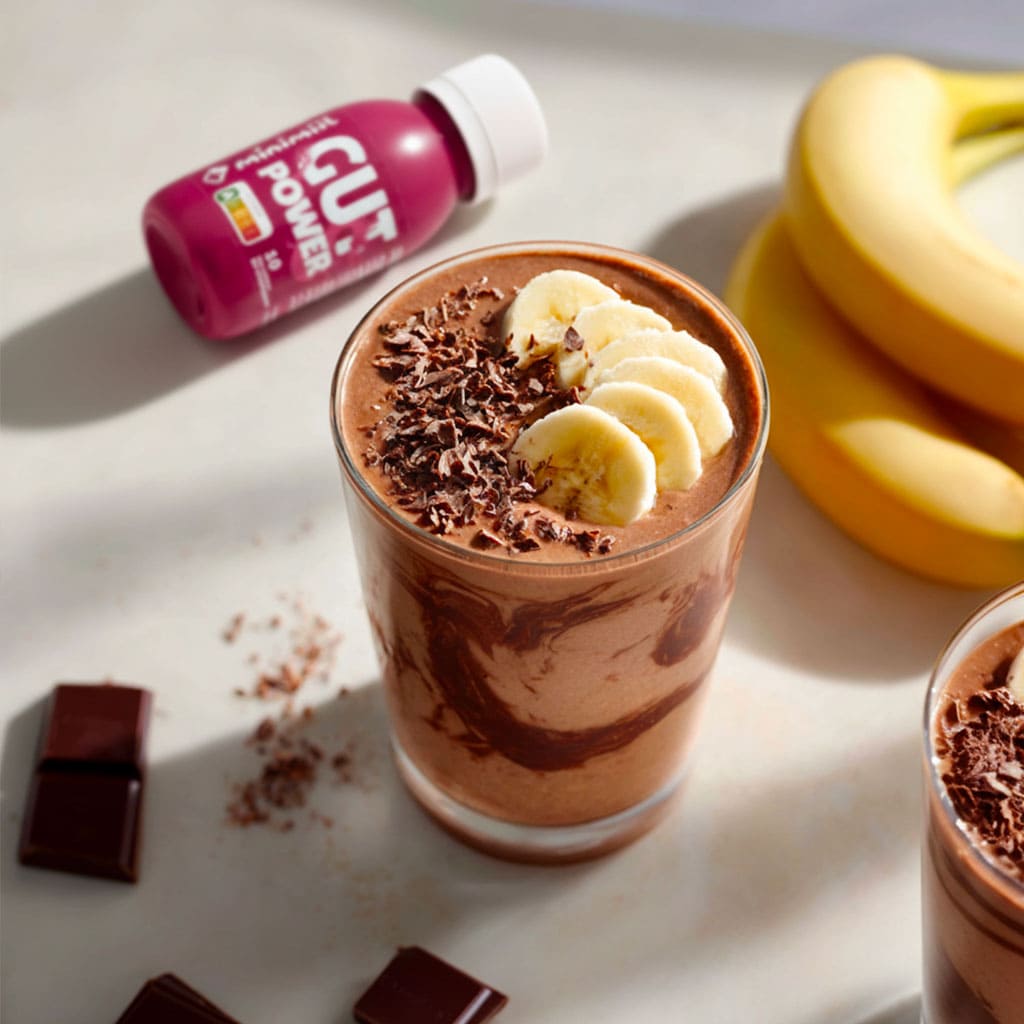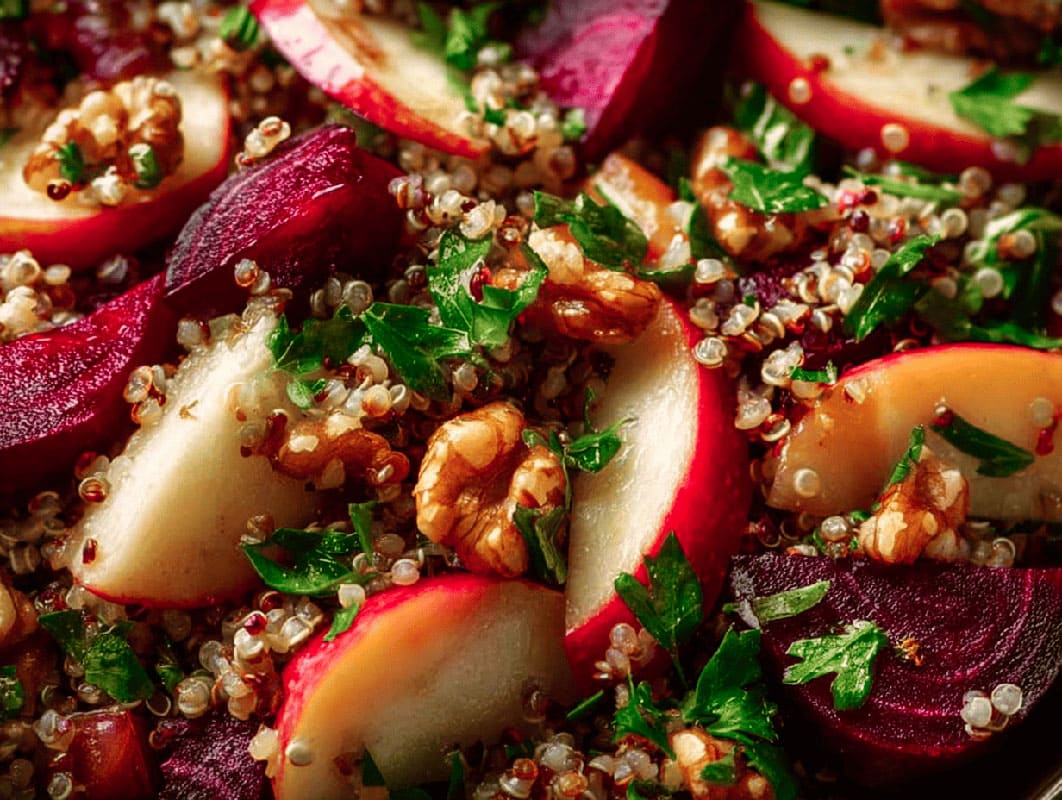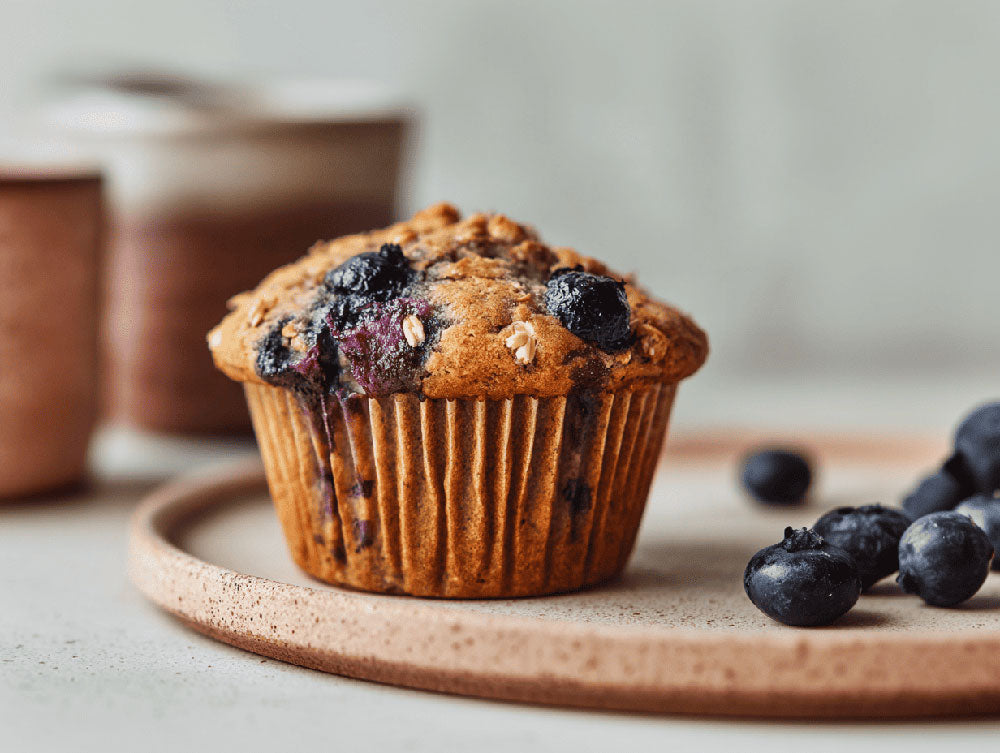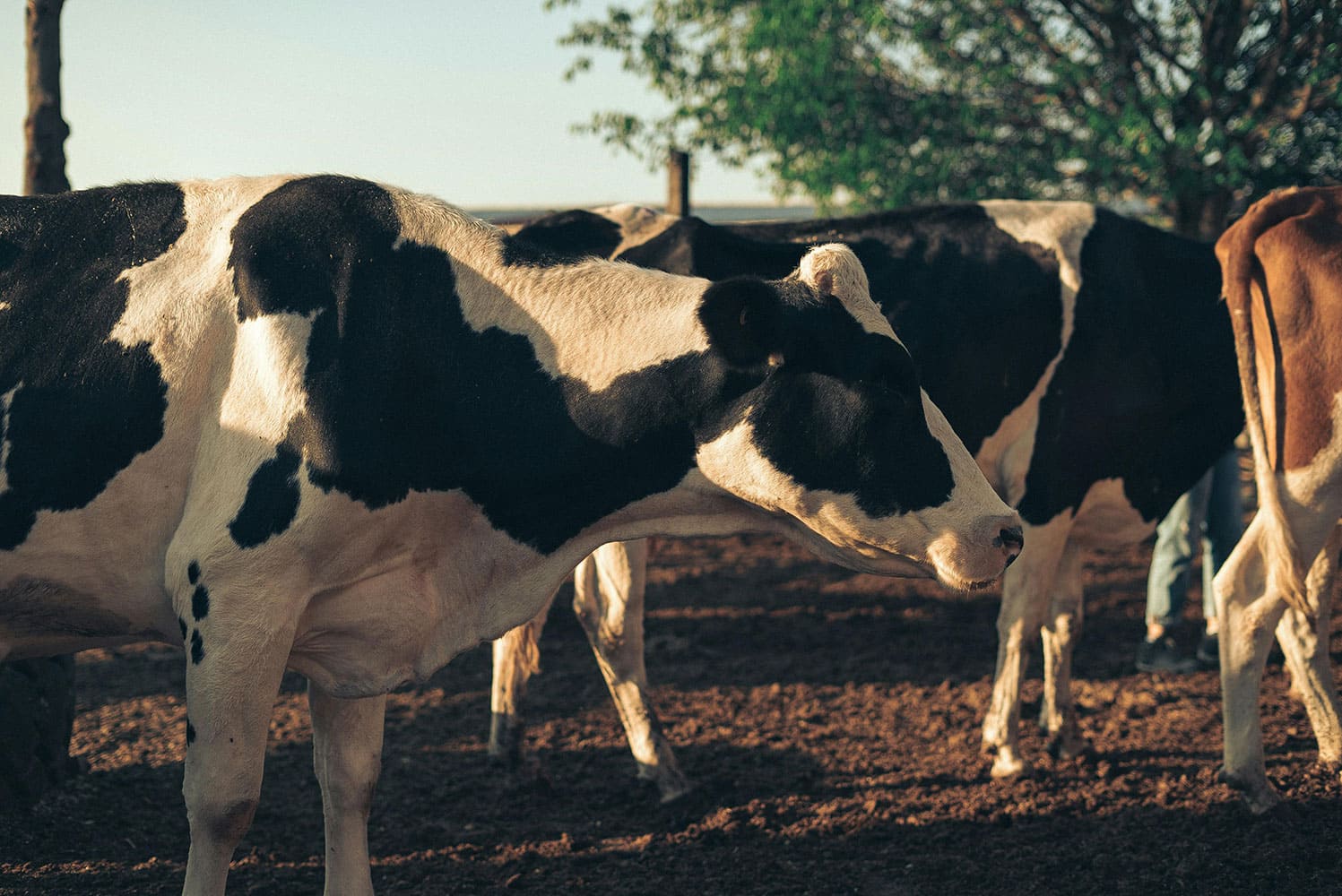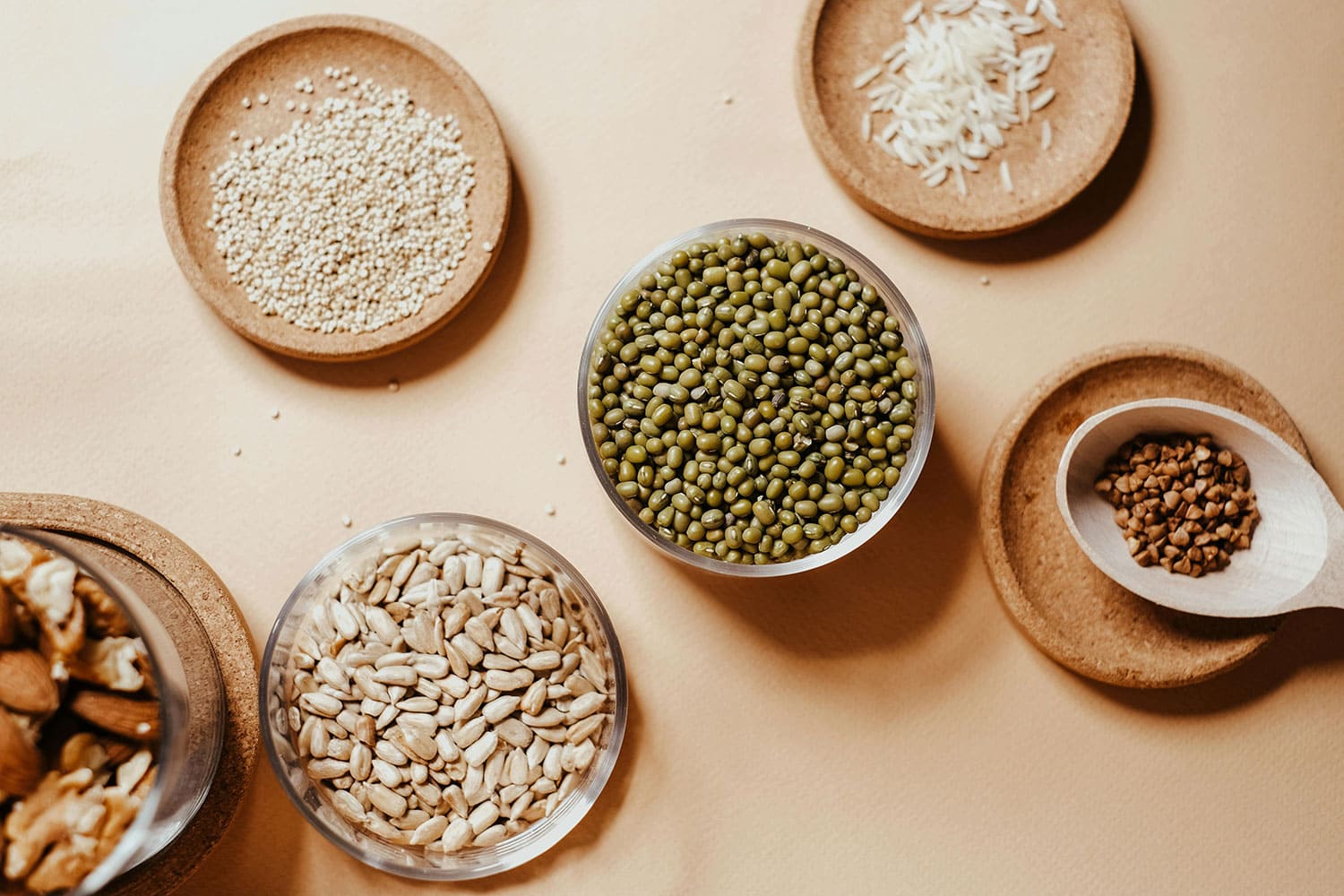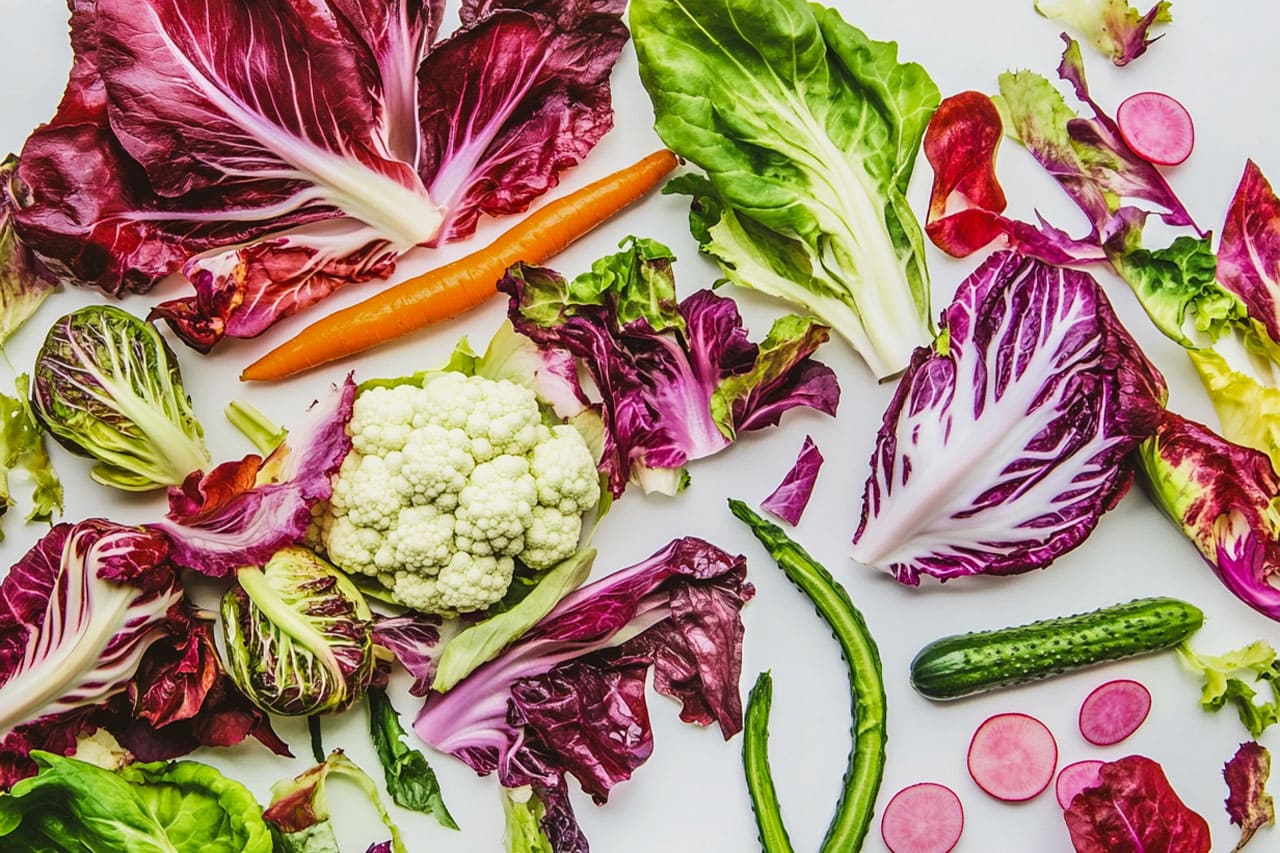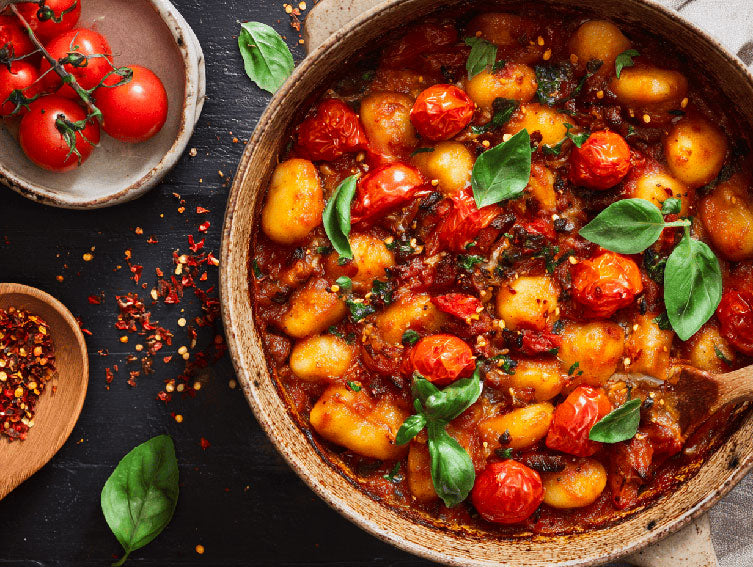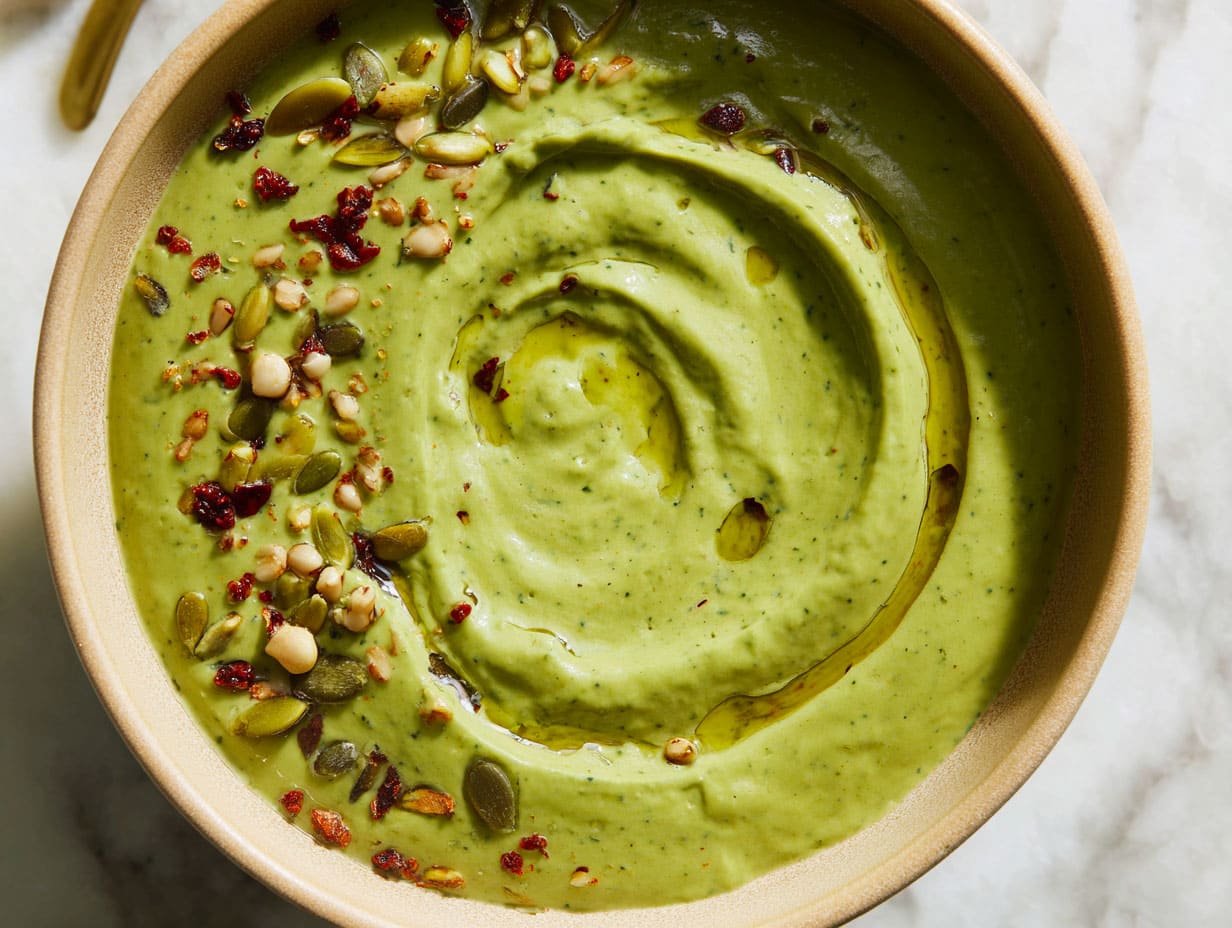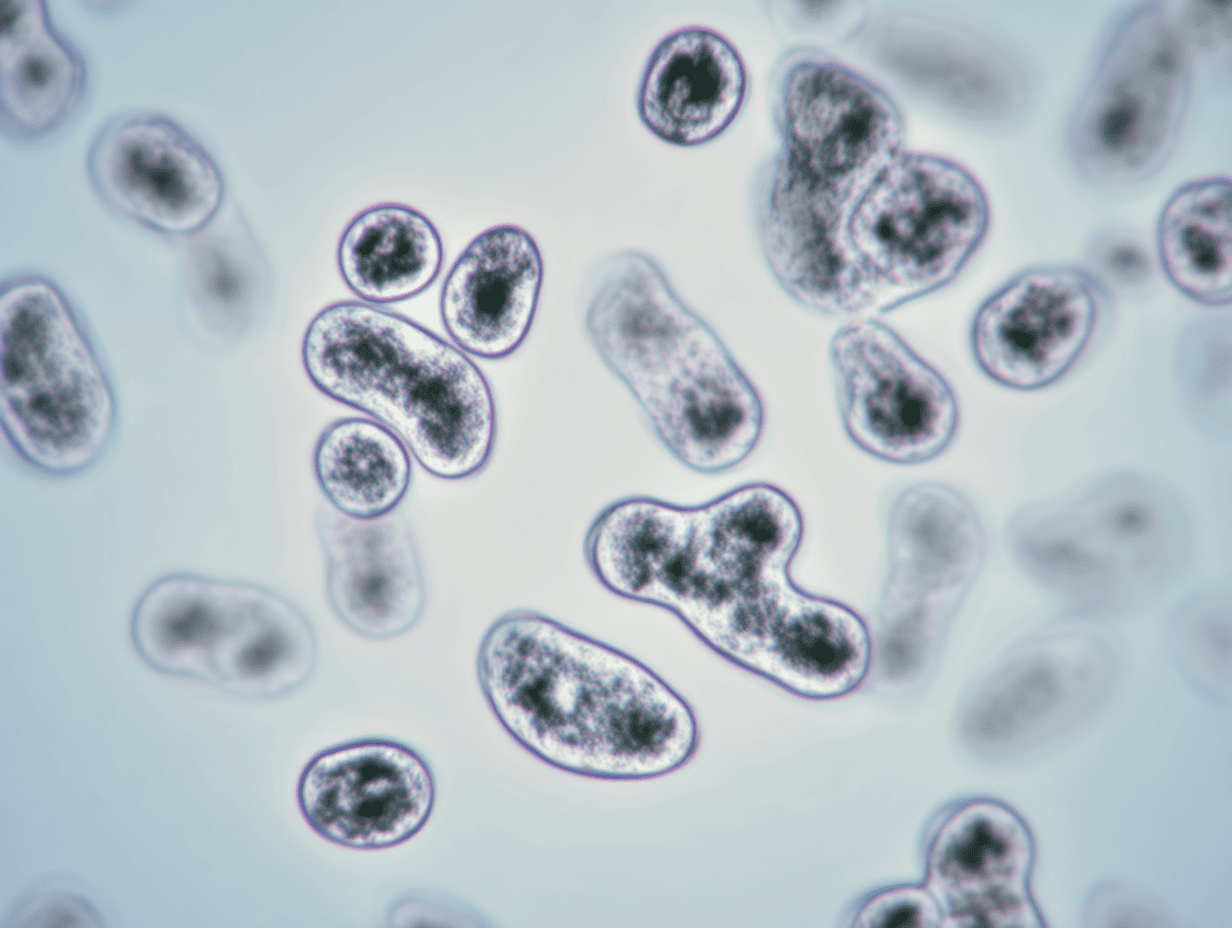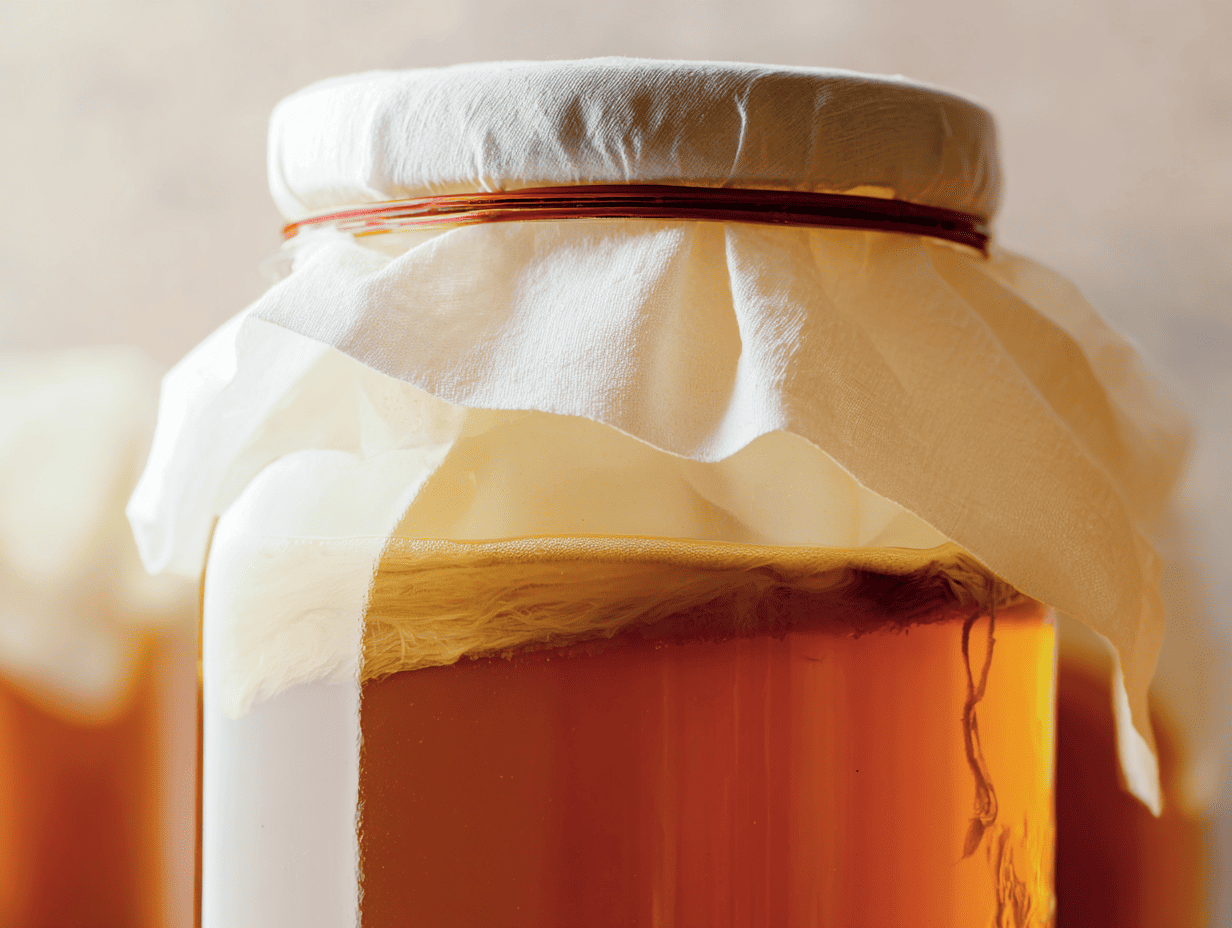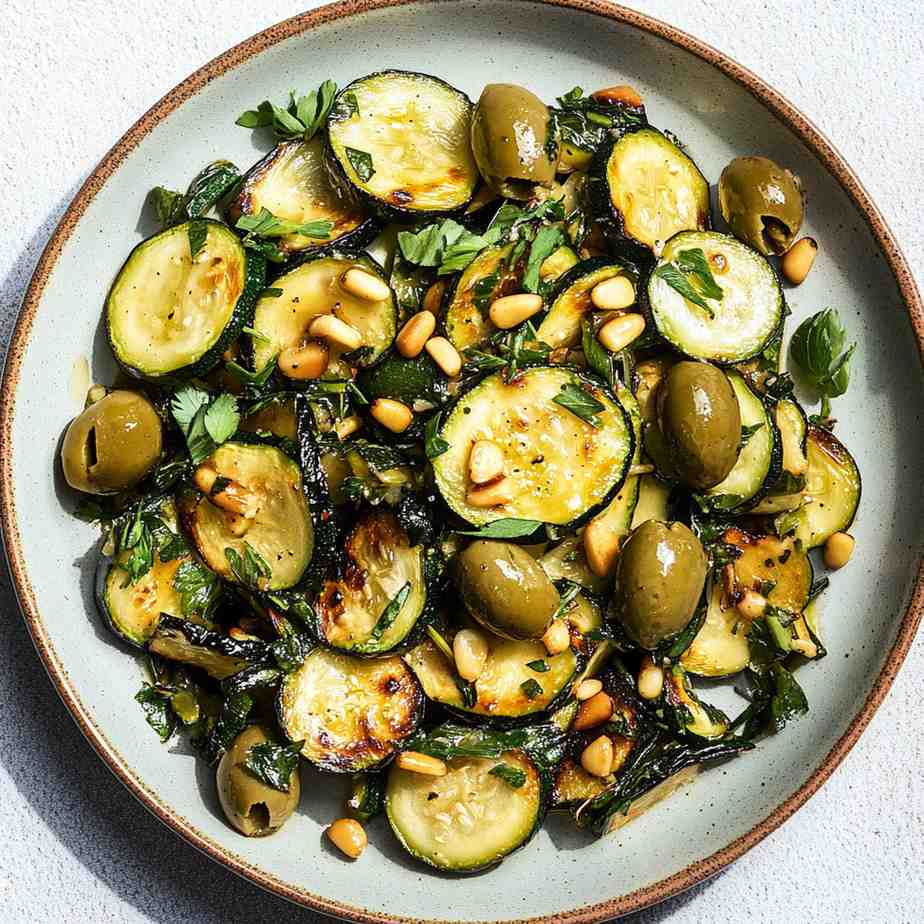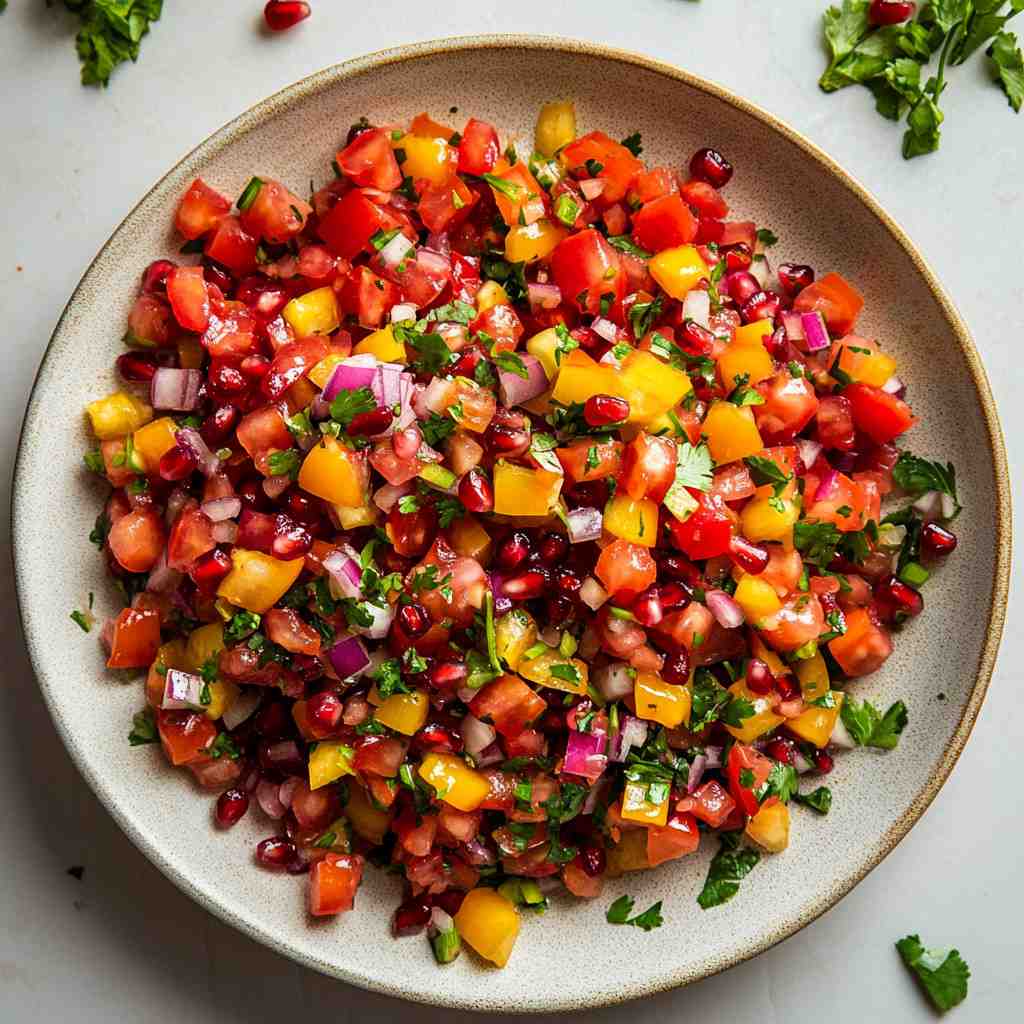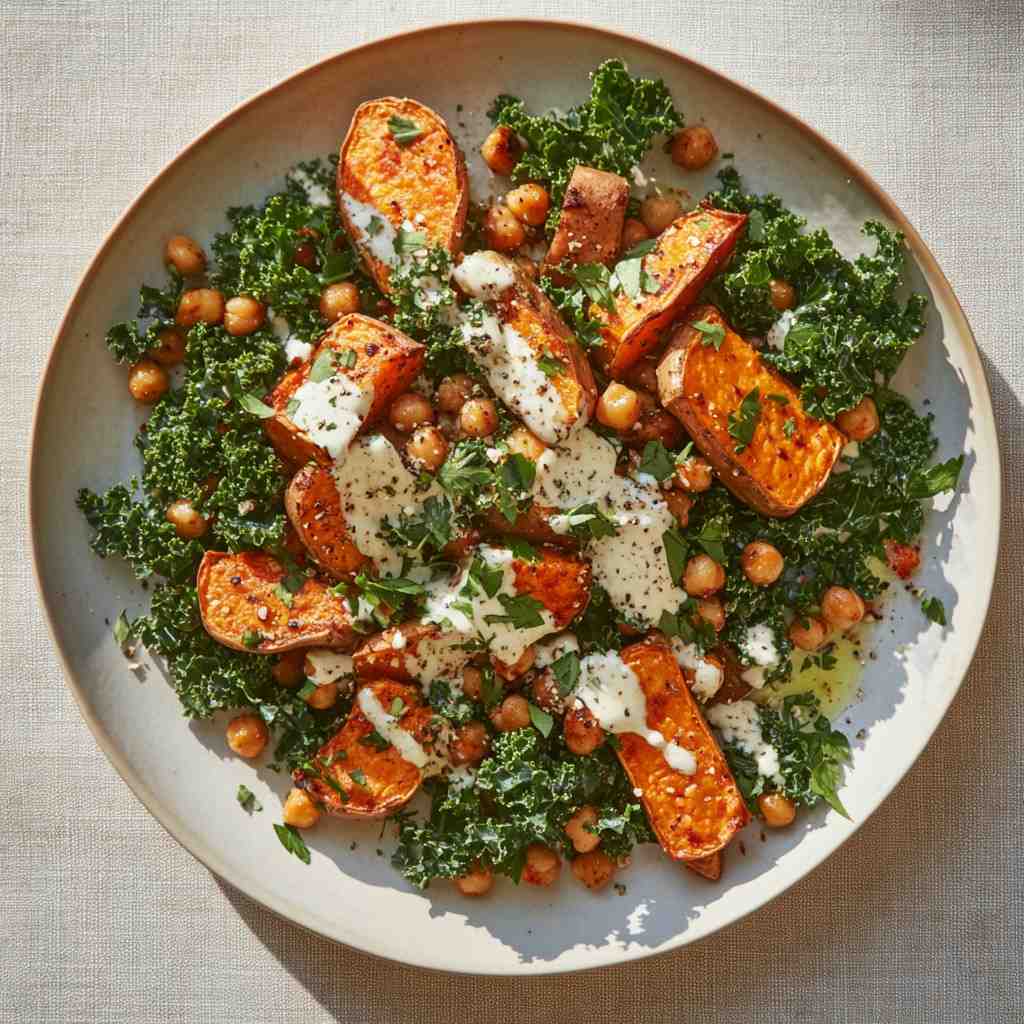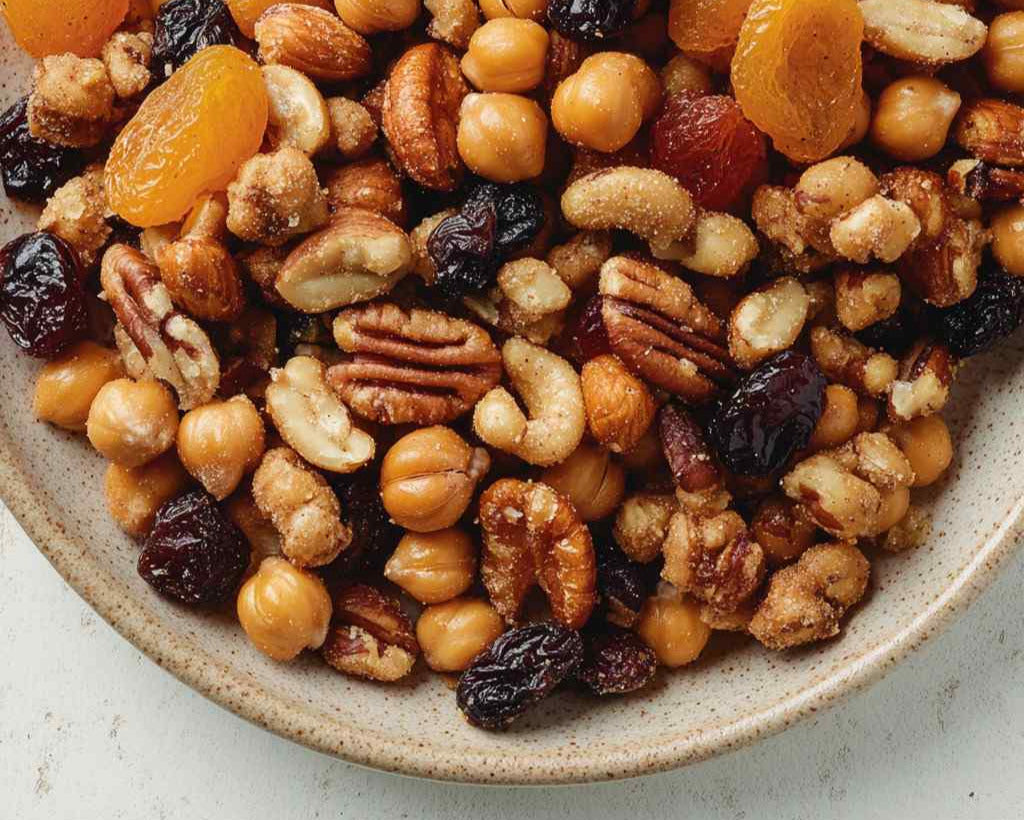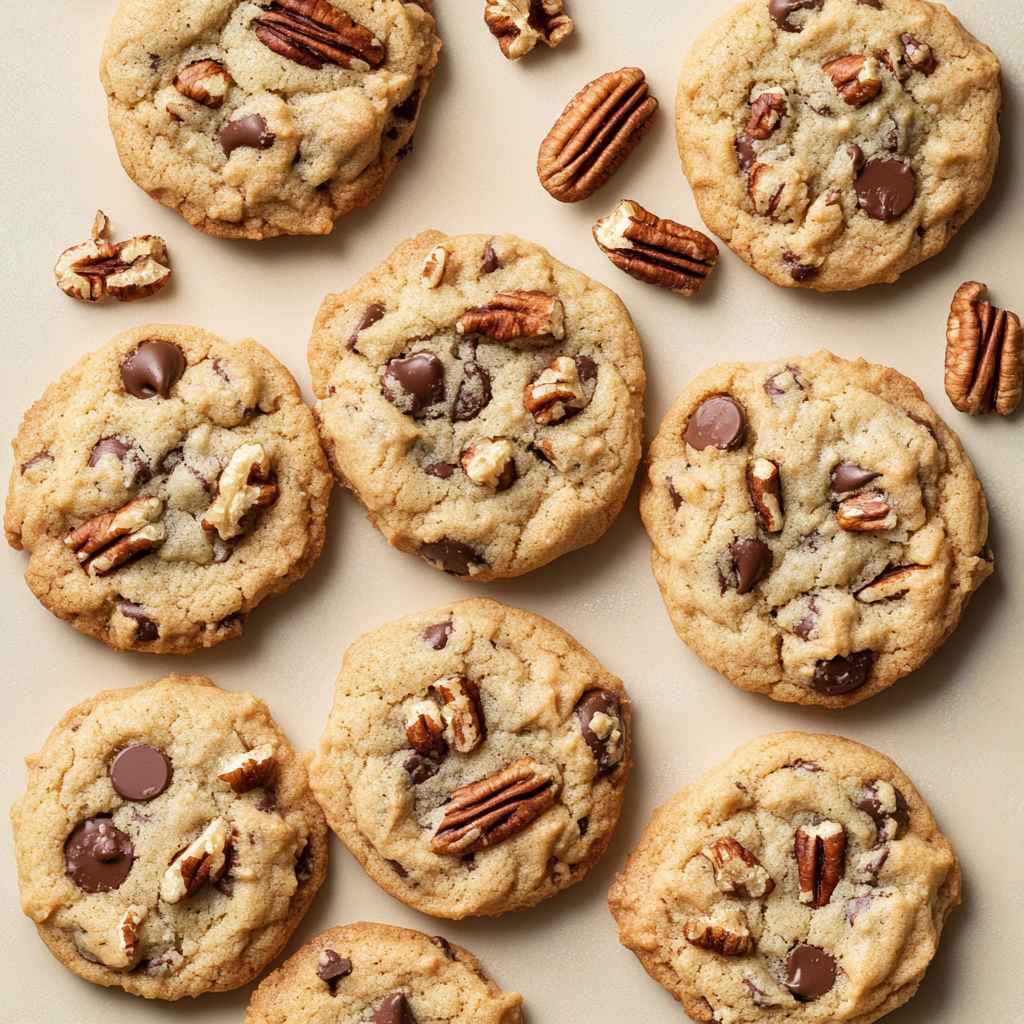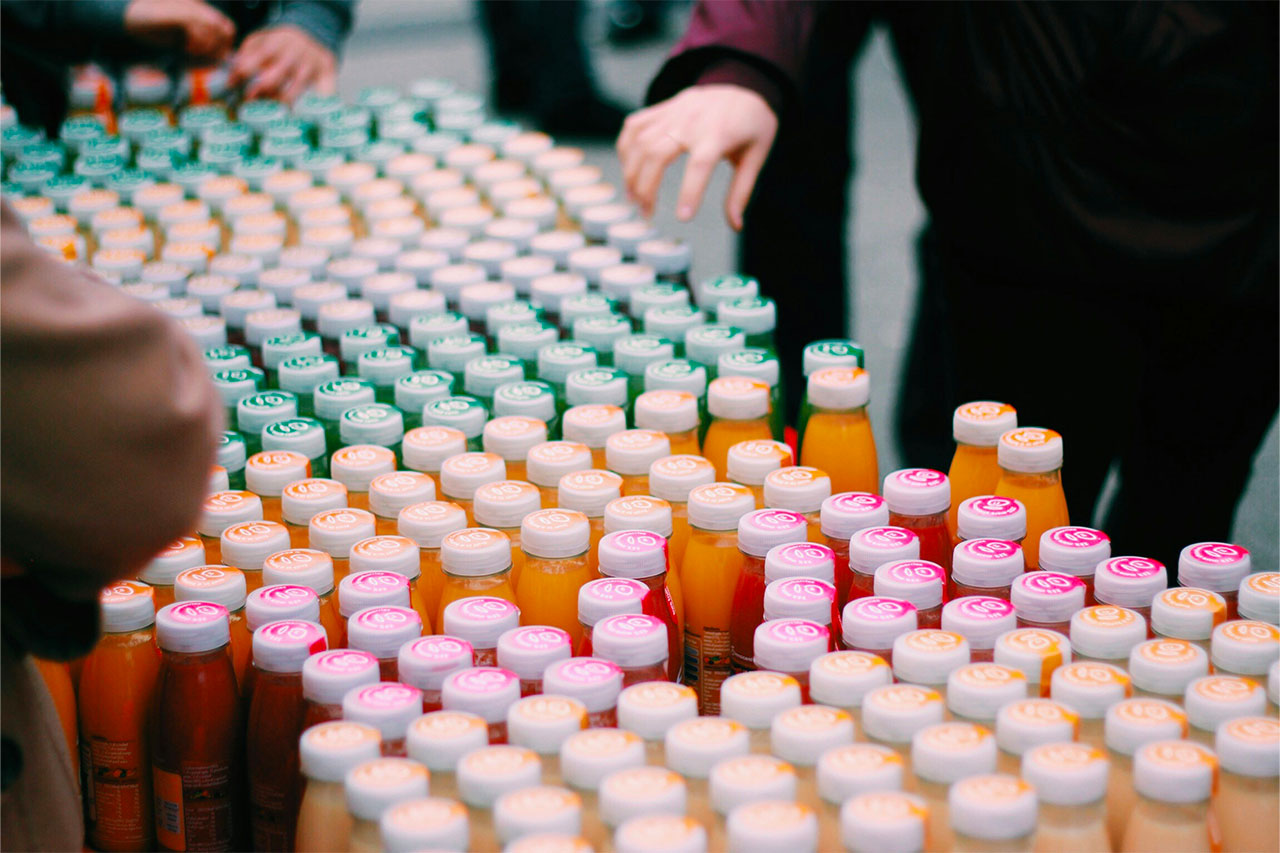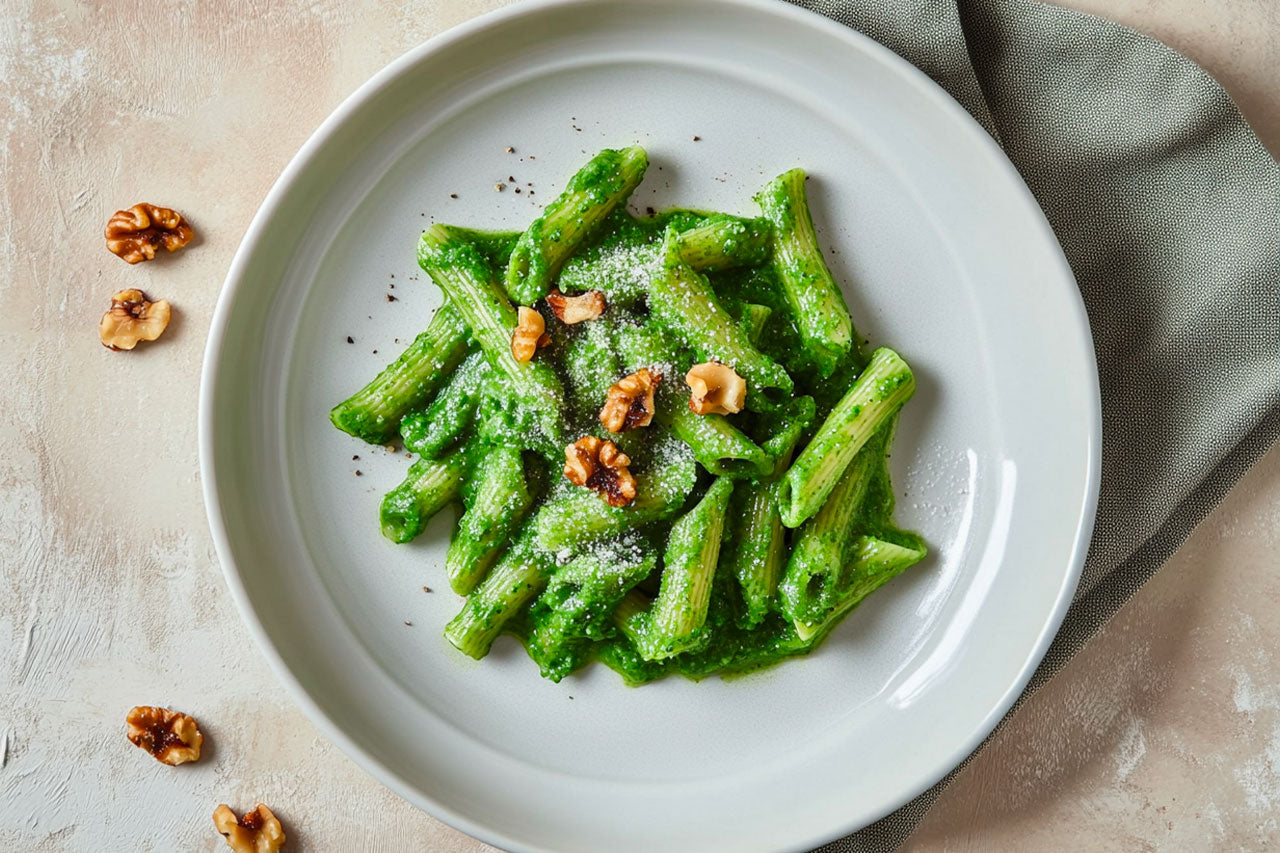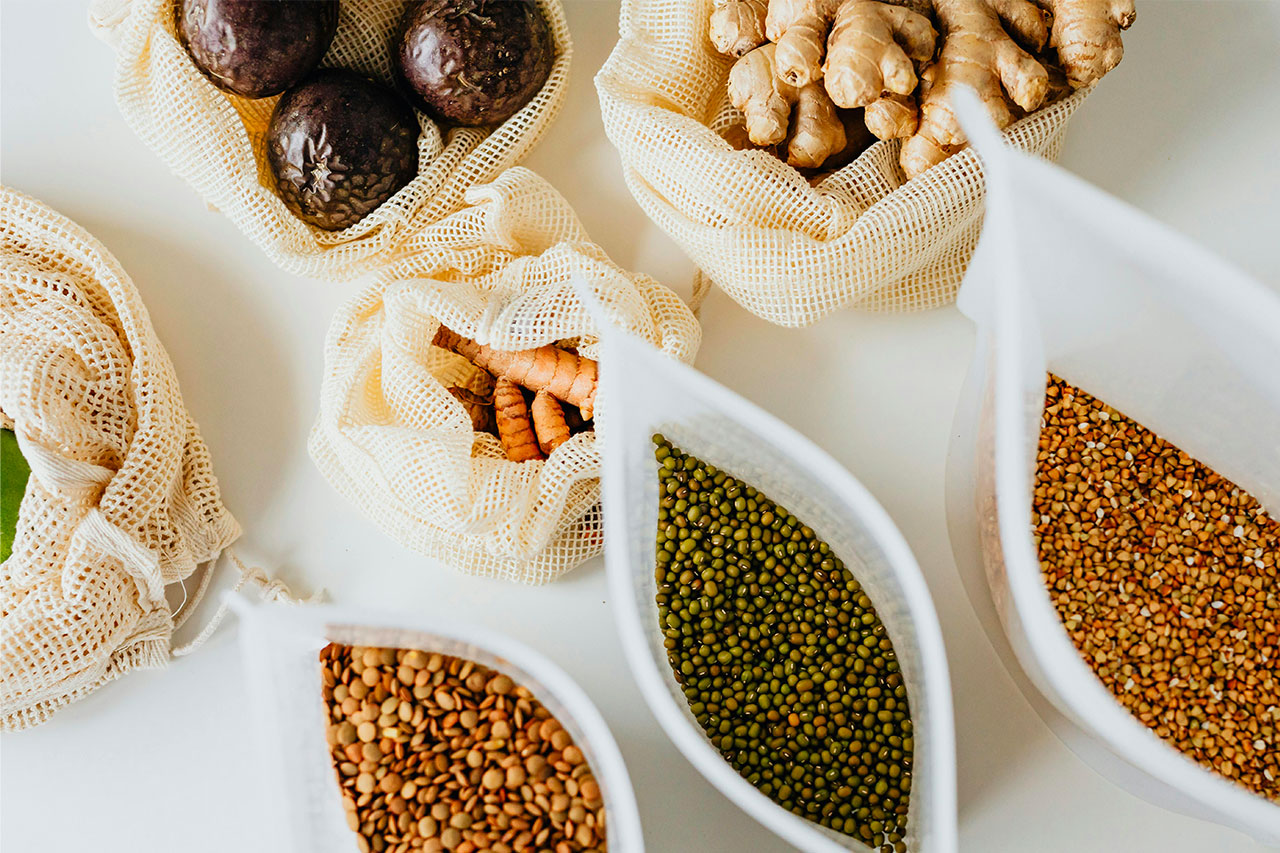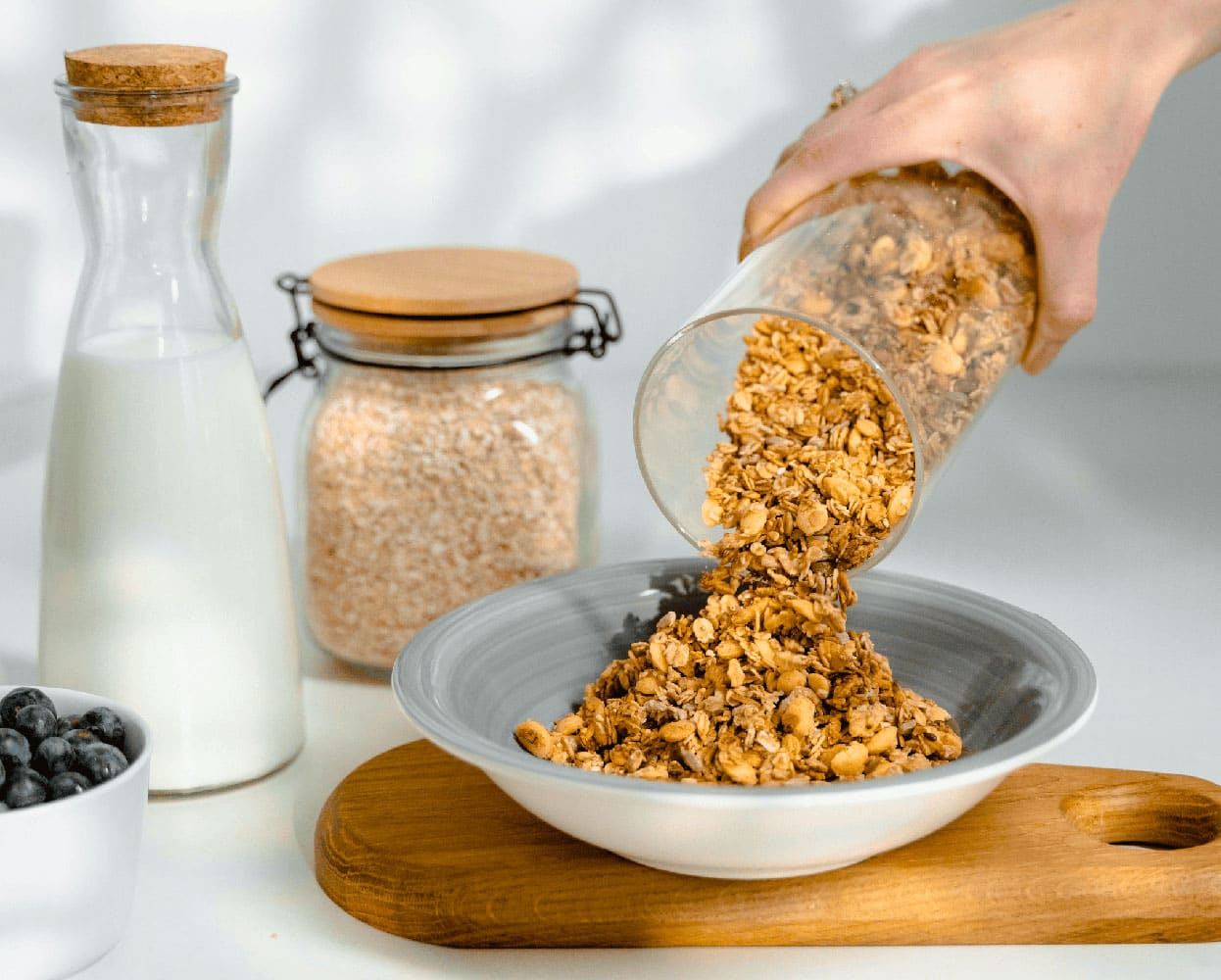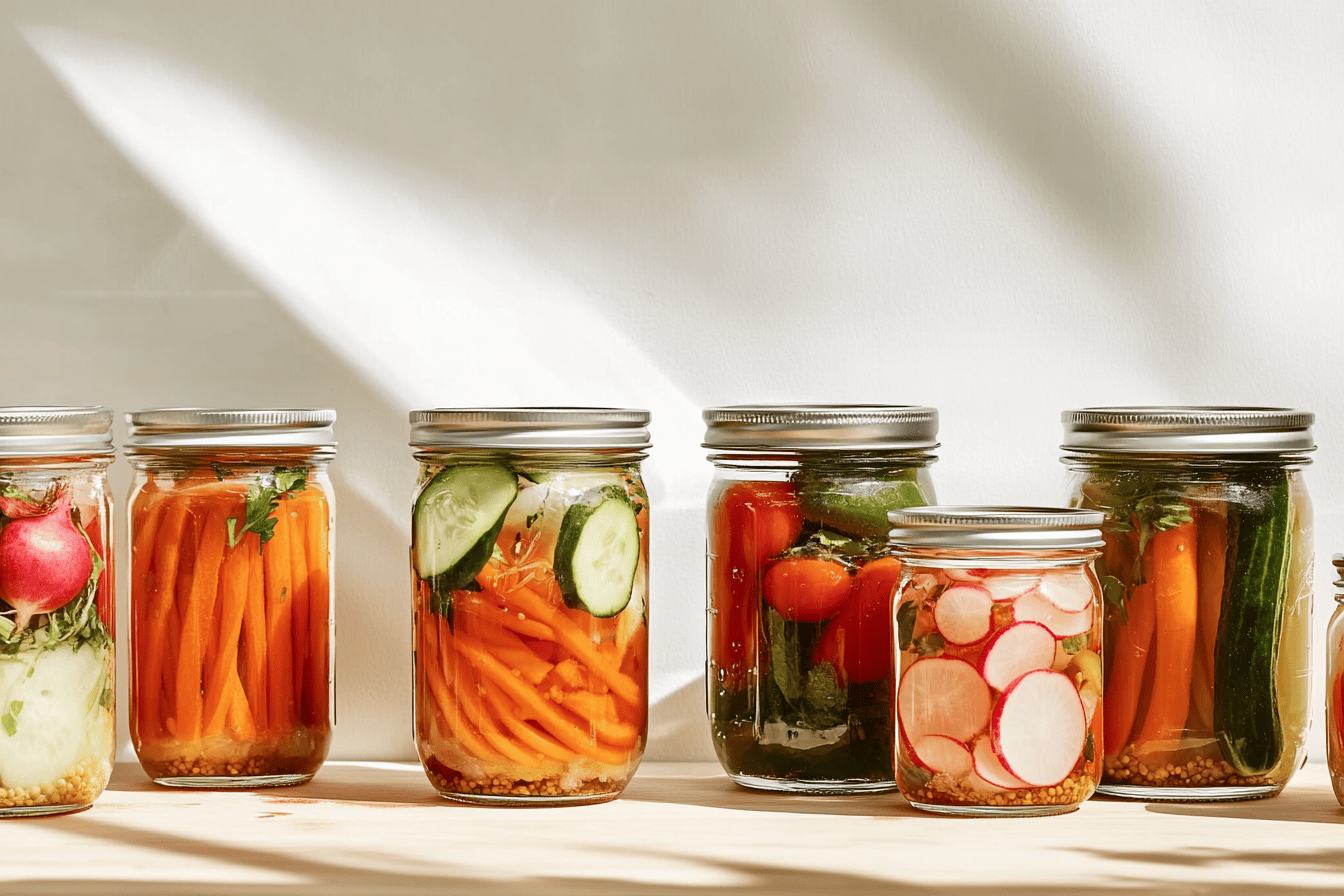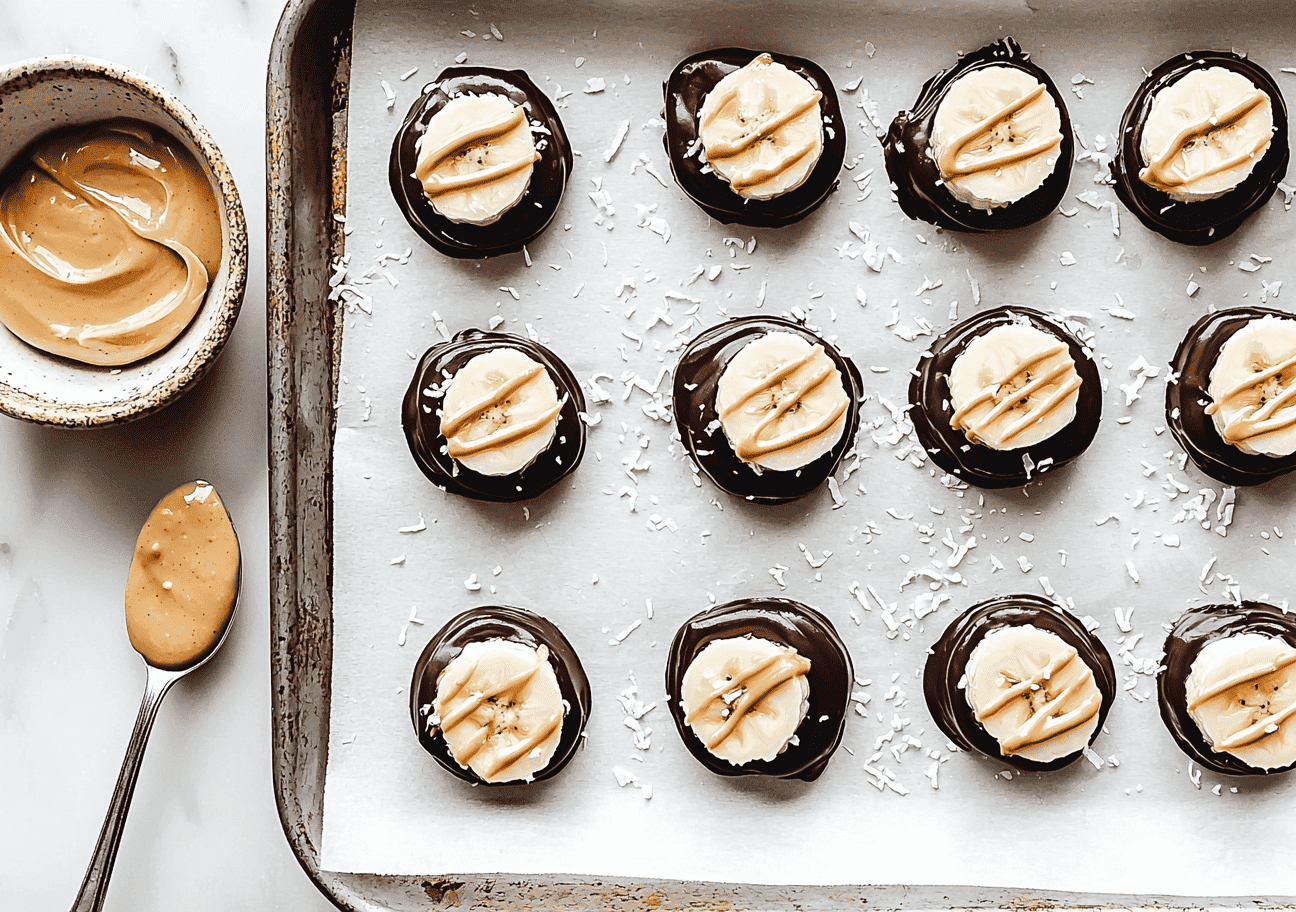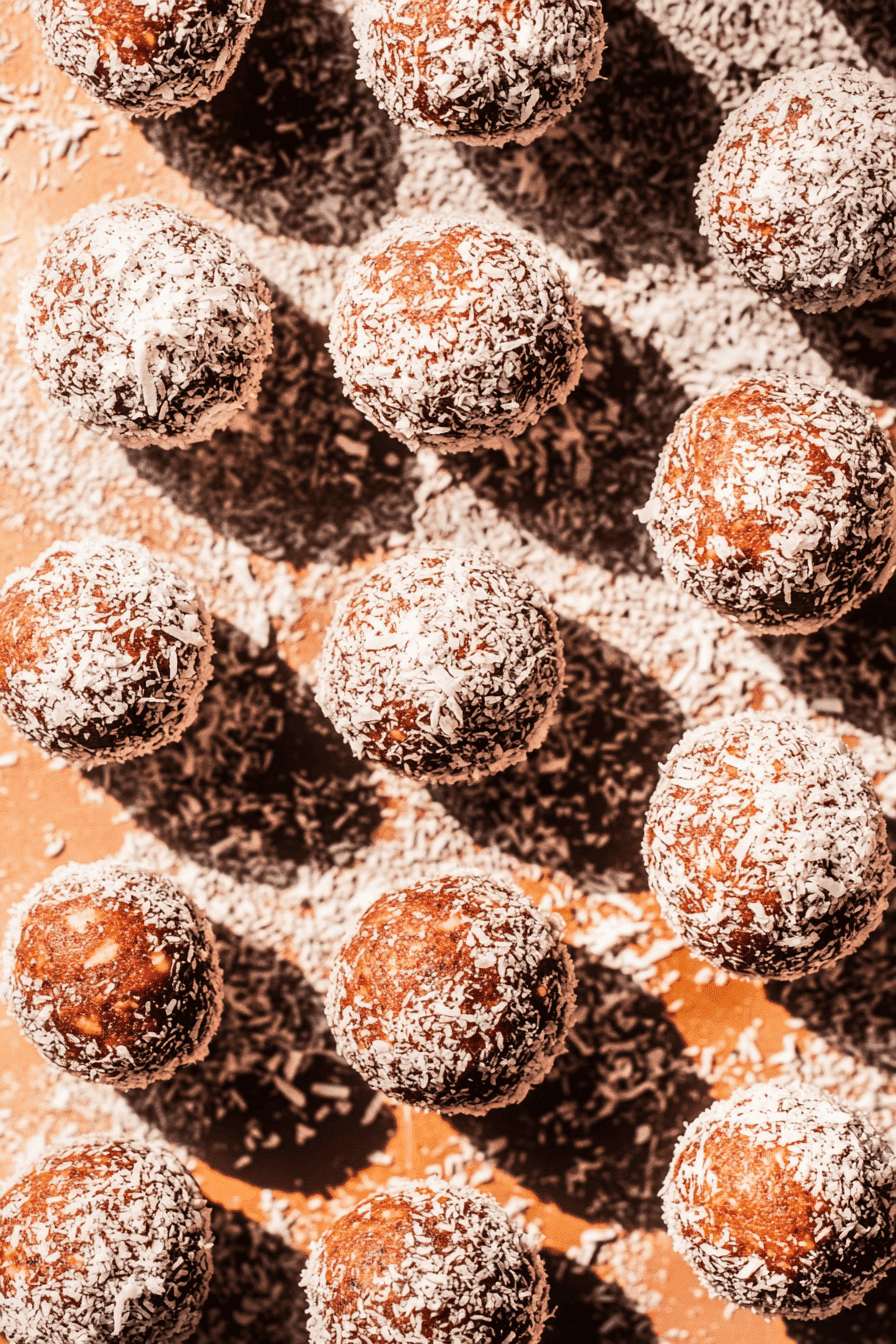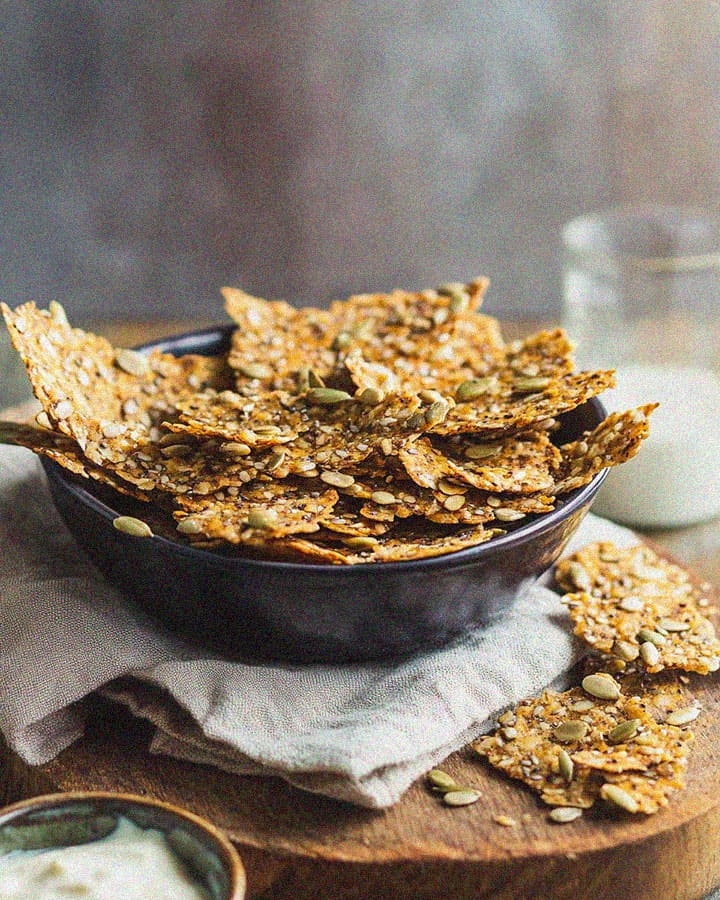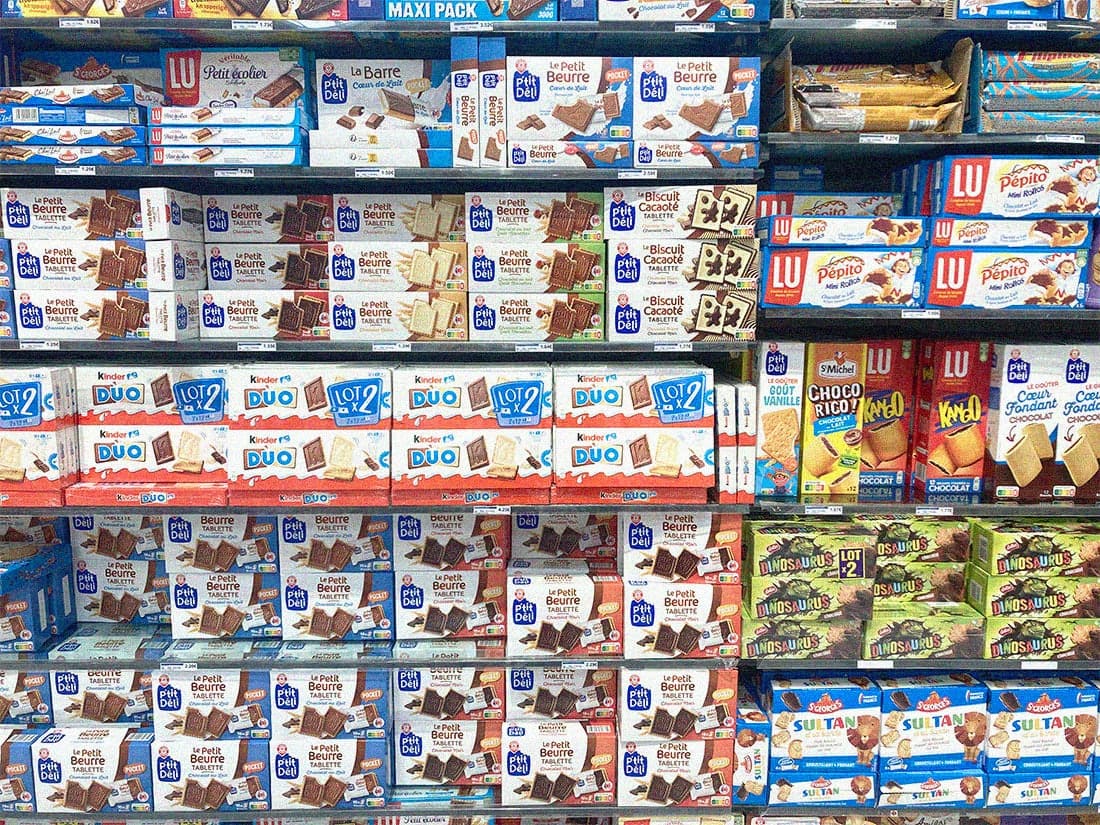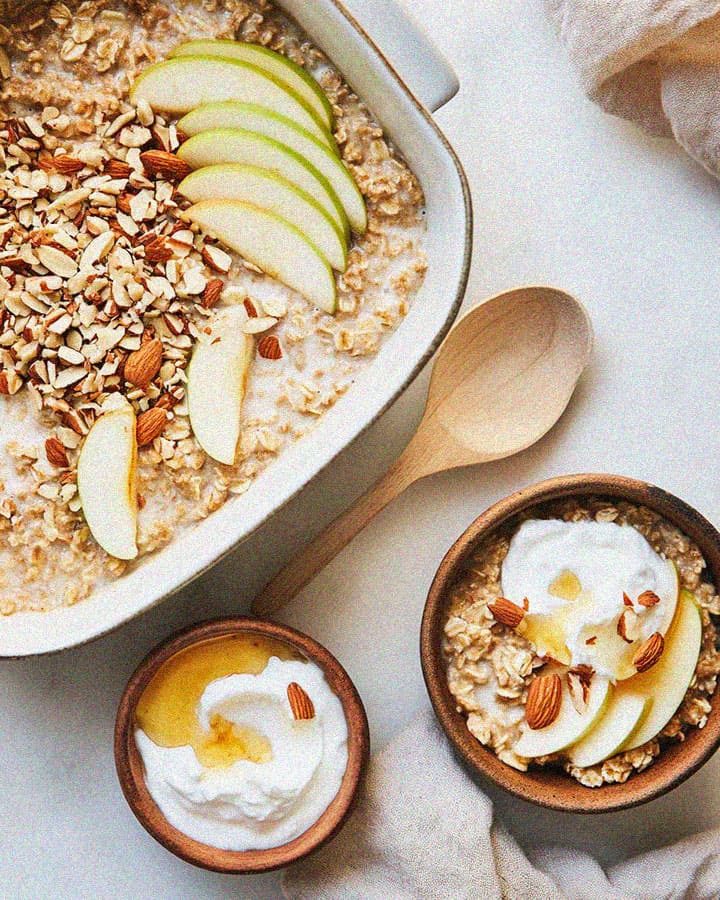Key points
- Probiotics support digestion, immunity, and mental well-being, and are found in foods and supplements.
- Not all probiotics are the same, their effectiveness depends on how they’re made and delivered.
- To work, they must survive digestion and reach the gut alive and active.
- Fermented foods offer diverse, active strains that naturally grow within the food, helping protect the probiotics and making them more effective.
- Freeze-dried supplements are convenient but often less diverse and may not survive the digestive journey as well.
What are probiotics?
Probiotics are live microorganisms, mainly bacteria, that provide health benefits when consumed in adequate amounts¹. The most well-known strains belong to groups such as Lactobacillus and Bifidobacterium, which are often used in fermented foods and supplements.
To be effective, they must:
- Survive storage and digestion,
- Arrive in the gut alive and active,
- Interact with or colonize the gut microbiome.
Preparation and delivery methods greatly impact these factors.
Where do we find probiotics?
Today, probiotics are generally obtained via:
1. Fermented foods: yogurt, sauerkraut, kimchi, kefir, miso, plant‑based drinks like minimiil or kombucha
2. Freeze‑dried supplements: capsules, powders, or drinks dosed post-production
Fermented Foods
Fermentation is a natural process where beneficial bacteria grow within foods, transforming them and creating a food matrix, a natural structure rich in nutrients, enzymes, and prebiotic fibers.
1. Microbial diversity
: Fermented foods often contain 20+ strains that work collaboratively to support gut health¹².
2. Natural food matrix
When foods like almond milk, cabbage, or yogurt are fermented, the probiotics don’t just get added in at the end—they grow inside the food itself. This creates what scientists call a food matrix: the natural structure of the food that the bacteria live in³. Think of it like a soft, nourishing cushion that surrounds and protects the probiotics. This cushion helps them survive the harsh, acidic conditions of your stomach and safely reach your intestines, where they can actually do their job. Without this protection, many probiotics from supplements or powders may not make it that far. The food structure protects probiotics through digestion, significantly increasing survival compared to those taken alone³.
3. Active at intake
: Probiotics in these foods are alive and active upon consumption. They’re already thriving in their environment and ready to go to work once they reach your gut, thus, no reactivation needed.
4. Beneficial byproducts
Fermentation also produces beneficial byproducts like organic acids, enzymes, and prebiotic fibers. These compounds can help digestion, feed your gut bacteria, and even increase the bioavailability of nutrients, meaning your body absorbs more of the vitamins and minerals in your food⁴.
Freeze‑Dried Probiotics
Freeze-drying (also called lyophilization) is a way to preserve bacteria by freezing them and removing all moisture. These dried bacteria are then packaged into capsules, sachets, or added to food and drink products. They’re popular because they’re shelf-stable and easy to dose and add into different products.
- Long Shelf Life: Freeze-dried probiotics are shelf-stable, meaning they can last months to years without refrigeration. This makes them ideal for travel, storage, and easy distribution.
- Convenient & Portable: As they are dry, compact, and easy to consume (e.g., in capsules, powders, or sachets), freeze-dried probiotics are ideal for people with busy lifestyles or those who travel frequently.
- Cell death during processing: The freeze-drying and storage process is harsh. Even with careful packaging, some bacteria don’t survive before you take them. Survival rates can be as low as 16–47% post-freeze-drying⁷⁸.
- They need to be “activated” : Freeze-dried probiotics are dormant. They need to reabsorb moisture in your body to become active again, but this process isn’t always 100% reliable. Some may not activate at all, or may die before reaching your gut⁷.
- Reduced strain diversity : Many supplements contain only 1–2 strains, chosen for process survival rather than health impact⁹. This limits the probiotic diversity, and may not reflect the needs of your unique gut microbiome.
- Lack of food matrix:
Unlike fermented foods, freeze-dried probiotics don’t come with a natural food carrier. That means they lack the enzymes, acids, and fibers that help protect and support them on their way to your gut. Without the protective food structure, survival in harsh stomach conditions is less reliable⁷.
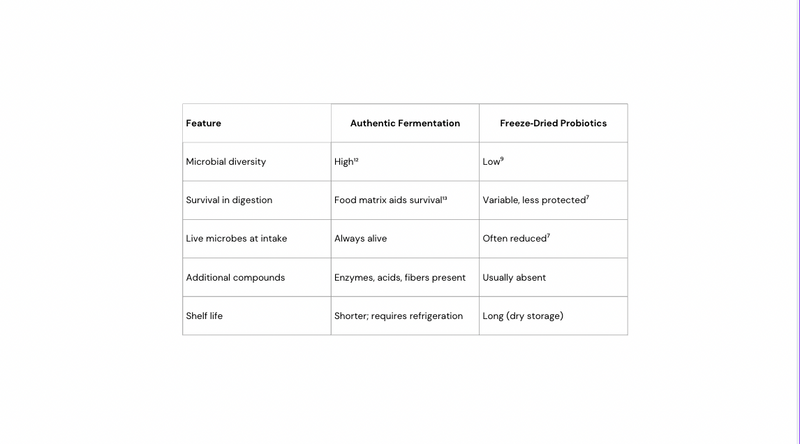
What does this mean for you?
If you’re aiming to support your gut health through probiotics, it can be helpful to look beyond the number of CFUs (colony-forming units) on a label and consider:
· How were the probiotics made?
· Are they active at the time of consumption?
· Do they come with a food matrix to help survival?
· Is the product delivering just bacteria, or also their beneficial by products?
Fermented foods and drinks, such as yogurt, kefir, kimchi, and certain plant-based beverages, may offer a more holistic probiotic experience, especially when made through natural fermentation processes.
Why This Matters for Your Health
When we talk about probiotics, the numbers on the label (10 million, 1 billion, even 10 billion) are often emphasized. But what matters more is whether those bacteria are still alive when you consume them, and whether they can survive the journey through your digestive system to actually do their job.
Authentic fermentation creates a natural environment that supports both the bacteria and your body. It gives you more diversity, better survival, and a richer set of nutrients and enzymes that work together to improve digestion and support a healthy gut.
In contrast, freeze-dried probiotics may arrive weakened, isolated, and unsupported, requiring your body to do more work to activate and protect them.
minimiil: How we turn almonds and berries into a probiotic using fermentation
At minimiil, we believe great nutrition starts with great ingredients, and a commitment to doing things properly. That’s why we ferment our almond milk the natural way, allowing billions of live probiotics to grow in the drink, not added in later.
Each bottle blends this fermented base with real berries and fruit, creating a creamy, delicious drink packed with billions of live active cultures, nutrients, and nothing artificial.
In Summary
Both authentic fermentation and freeze-dried probiotics can play a role in supporting gut health, but they offer different strengths. Authentic fermentation provides a natural, synergistic environment for probiotics, often resulting in greater diversity and viability. Freeze-dried supplements, while more convenient and shelf-stable, may require more careful formulation to maintain effectiveness. When choosing a probiotic product, consider not just what you’re taking, but how it was made.
